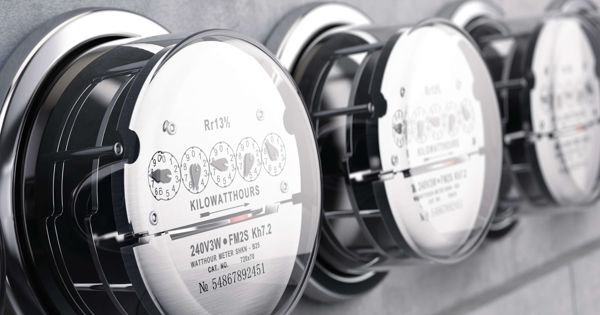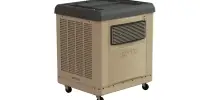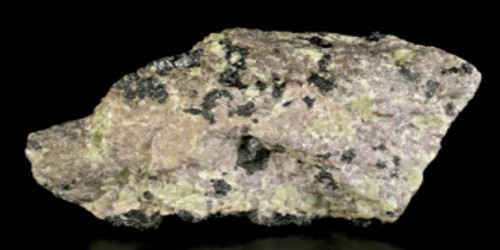An air purifier is a device that removes pollutants and toxins from the air in a specified location. It is also known as an air cleaner, and it is a device that eliminates impurities from a room’s air in order to improve its quality. These devices are frequently marketed as being beneficial to allergy and asthma sufferers, as well as for decreasing or eliminating second-hand tobacco smoke. These pollutants include dust, pollen, pet dander, mold spores, smoke particles, and other airborne particles that can have a negative impact on air quality and human health.
Commercially graded air purifiers are available as small stand-alone devices or bigger units that can be attached to an air handler unit (AHU) or HVAC unit used in the medical, industrial, and commercial industries. Air purifiers can also be used in industry to eliminate contaminants from the air prior to processing. Pressure swing adsorbers or other adsorption methods are commonly employed for this.
Key components and features of air purifiers often include:
- Filters: Most air purifiers use filters to trap particles as air passes through them. Common filter types include HEPA (High-Efficiency Particulate Air) filters, activated carbon filters, and pre-filters. HEPA filters are particularly effective at capturing small particles.
- Activated Carbon: Activated carbon filters adsorb gases and odors, removing them from the air. This is especially useful for trapping volatile organic compounds (VOCs) and unpleasant smells.
- UV-C Light: Some air purifiers incorporate ultraviolet (UV) light technology to kill bacteria, viruses, and other microorganisms. UV-C light is often used for this purpose.
- Ionizers: Ionizers release charged ions into the air, which attach to particles, making them fall to the ground. However, there is some debate over the potential health risks associated with ionizers, as they can produce ozone.
- Size and Coverage: Air purifiers come in a variety of sizes, so choose one that fits the size of the room where it will be utilized. Manufacturers frequently state the ideal room size or covering area for their models.
When selecting an air purifier, you should consider the exact pollutants you wish to target, the size of the area you want to cleanse, and any other features that are important to you. Regular maintenance, including cleaning or replacing filters as directed by the manufacturer, is essential for peak performance.















